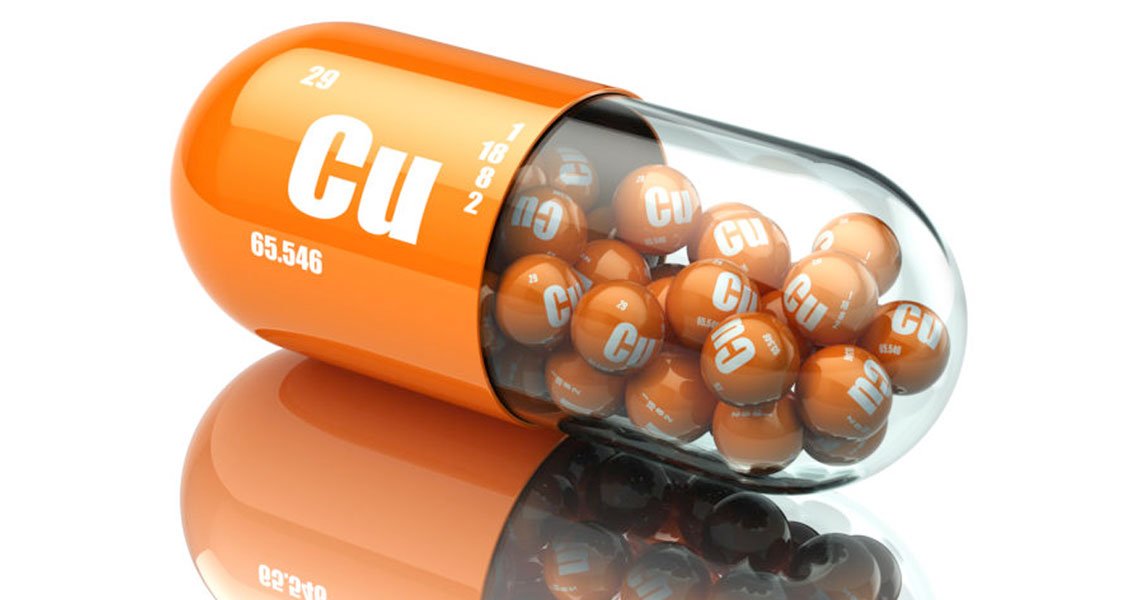09 Aug


Posted By
0 Comment(s)
30463 View(s)
Copper Bottle
,
Copper Steel Ware
,
Copper Ware
,
Pongal Copper Ware
- The Romans gave copper its name. They called it “aes cyprium” (ore from Cyprus) because in ancient times most of the copper came from Cyprus. The word was later modified to “cuprum” from which we derive our modern-day “copper”.
- Copper is an essential element of human nutrition. The mineral is critical for blood cell formation and is found in many foods and most water supplies. Thus the element is essential to our everyday lives
- Copper deficiency could lead to more serious health problems. Some of them are anemia, bone abnormalities, heart circulation problems, and complications in the lungs, thyroid, kidneys, pancreas, nervous system, and immune system.
- Copper’s excellent conductivity makes it highly useful in medicine. Copper coating on a surgeon’s scalpel conducts electricity to heat the blade, making it self-cauterizing. This is key to controlling bleeding during operations and when removing damaged tissue.
- Copper is vital to our health from foetal development right through to old age. We need copper for blood vessel formation, a healthy heart, and for stabilizing the collagen, or connective tissue, which binds one part of the body to another. Copper is also needed for brain development and effective communication between nerve cells in the brain, as well as for healthy bones and teeth.
- Copper is used in wiring (60 percent of all copper used), plumbing, electronics, building construction, cookware, coins, and a host of other products
- The average car contains up to 22.5 kg of copper. Copper electrical and electronic components enable intelligent engine and gear management, and extensive sensor and infotainment systems
- High-speed trains contain about 20 tonnes of copper-containing components, mainly in the voltage transformers and drive motors.
- Copper is a natural antibacterial agent. It is common to use brass door handles in public buildings (brass is a copper alloy) because they help prevent disease transmission
- Most printed circuit boards for electronic products are made by laminating a sheet of copper onto a flexible film, then etching away much of the copper to leave thin lines that carry current.
- Nearly 80 percent of the copper that has been mined to date is still in use. Copper is a 100 percent recyclable metal
- The Statue of Liberty in New York has more than 80 tons of copper. The mined elements came from Norway and then French artisans fabricated the material.


